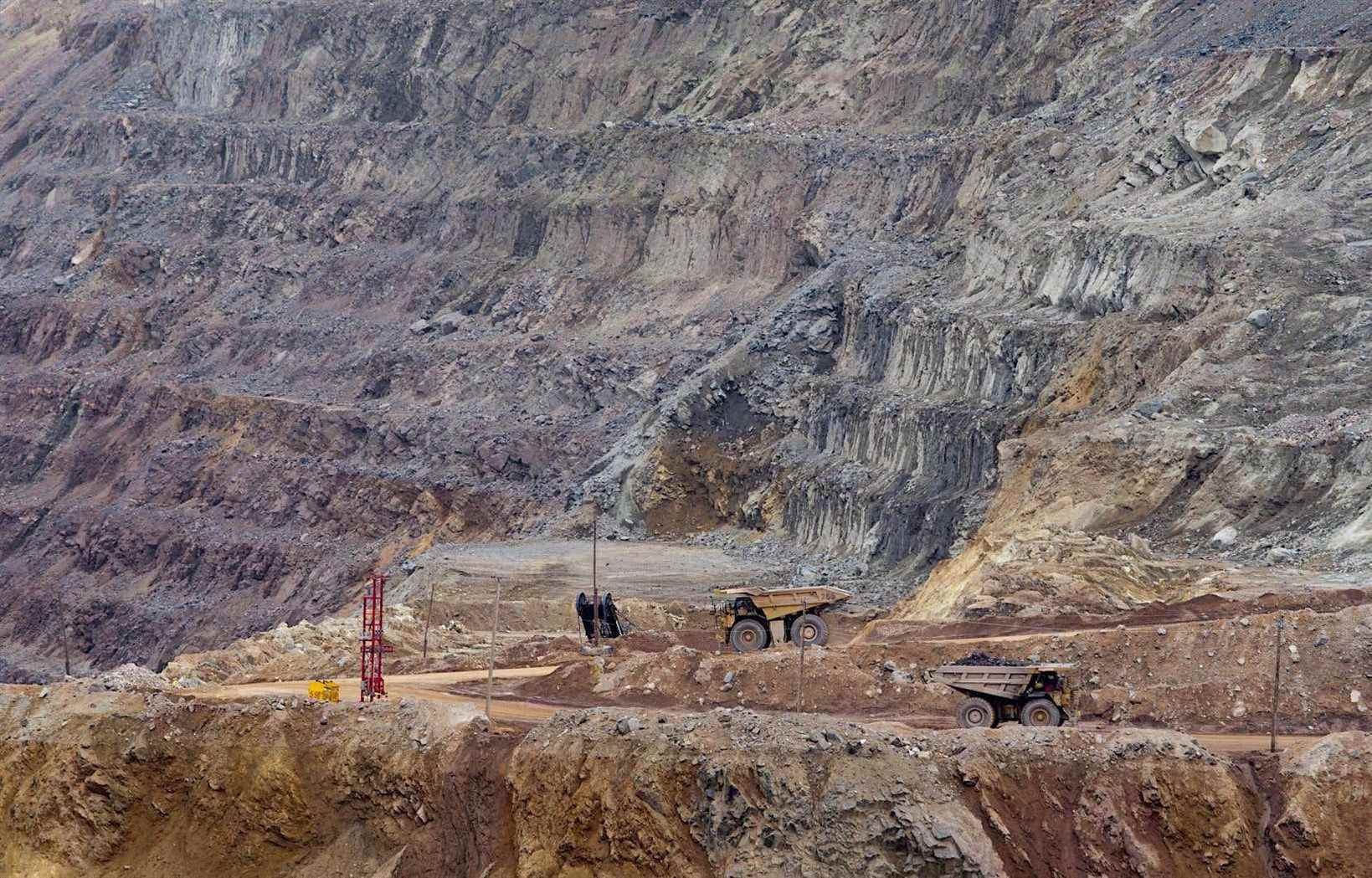Canadian Environment Minister Steven Guilbeault has not yet decided whether he will allow Quebec Iron Ore to destroy 25 lakes to store tailings from its Bloom Lake iron mine, has learned. The duty. Federal law prohibits it, unless recommended by the Minister. Despite a Quebec environmental assessment very unfavorable to the project, the Legault government has already approved it. But the mining company cannot proceed without obtaining the green light from Ottawa.
Although the Bureau d’audiences publiques sur l’environnement (BAPE) had strongly criticized the project, the government earlier this month authorized the expansion of the tailings site of Quebec Iron Ore, a subsidiary of the Australian mining company Champion. Iron who bought the Bloom Lake iron mine with the help of Investissement Québec in 2016.
To exploit its iron deposit located near Fermont until 2040, at a rate of 15 million tonnes per year, the company estimates its “storage needs” of mine tailings and waste rock at 1.3 billion tonnes, of which 872 million will have to be stored in new sites located near the mine pit.
However, “the land space available” is insufficient, according to what can be read in the impact study of the mining company, which rejected the idea of storing the residues in the pit so as not to “endanger the exploitation of a resource potentially exploitable in the future”. She says she is therefore obliged to destroy lakes and wetlands. However, the BAPE concluded last year that the company “should review its project” since it “has not demonstrated that the solutions adopted for the management of mining waste are those that minimize the impact on wetlands and water”.
The Legault government has nevertheless authorized Quebec Iron Ore to destroy wetlands and a total of 25 lakes, according to data provided by the Quebec Ministry of the Environment. “The government authorization provides that all losses of fish habitat and other wetlands and water bodies, including shorelines, be compensated by the proponent by carrying out work aimed at creating or restoring this type of environment,” the ministry said.
Decision in Ottawa
The green light from the CAQ government, which has been denounced by environmental groups, is however not enough. The mine must also obtain authorizations from the federal government, on the recommendation of the federal Minister of the Environment, Steven Guilbeault.
It must be said that the Fisheries Act “prohibits the dumping or discharge of a deleterious substance, or permitting the dumping or discharge thereof, into waters frequented by fish, except under designated authorization by regulation, ”reminds Environment and Climate Change Canada by email. The company must therefore obtain an “authorization” under the Metal and Diamond Mining Effluent Regulations. The purpose of this regulation is to “protect the water quality of natural water bodies”.
Before being able to destroy lakes, Quebec Iron Ore had to present to the federal government a “compensatory plan for fish habitat”, which is currently being assessed. Subsequently, the Federal Ministry of the Environment will conduct public consultations. Once this process is complete, the Trudeau government will have to decide whether to authorize the project, listing the lakes to be destroyed as sites for “mining tailings”. This decision will be made by the Treasury Board of Canada, “on the recommendation of the Minister of the Environment”.
Is Minister Steven Guilbeault in favor of destroying lakes by storing mine tailings in them? The minister’s office did not respond directly to the Homework, since it was the ministry’s media relations department that provided an answer: “Prior to the Minister approving the deposit of mine tailings in water frequented by fish, regulatory conditions under the Mining Effluent Regulations metals and diamond mines must be respected, such as the development of a fish habitat compensation plan. »
Environment Canada must also carry out consultations “on the compensation plan for fish habitat as well as on alternatives for the disposal of mine tailings”. The plan proposed by Quebec Iron Ore will also have to be “recommended” by the Department of Fisheries and Oceans.
The mining company declined to comment on the ongoing federal process. “We will let the process take its course at the federal level, and we intend to work with the government on this,” the company responded by email.
The Quebec government does not prohibit the destruction of lakes, watercourses and wetlands for the disposal of mining waste. In 2018, it authorized the ArcelorMittal mining company to increase the area of its tailings site, also located in the Fermont region. It plans to store 825 million tonnes of tailings there by 2045, for a total of 1,318 million tonnes between 2014 and 2045. The project will result in the destruction of 11 lakes, 15 ponds and 25 streams. The mine has therefore planned a “restoration” program to compensate for the loss of natural environments.
